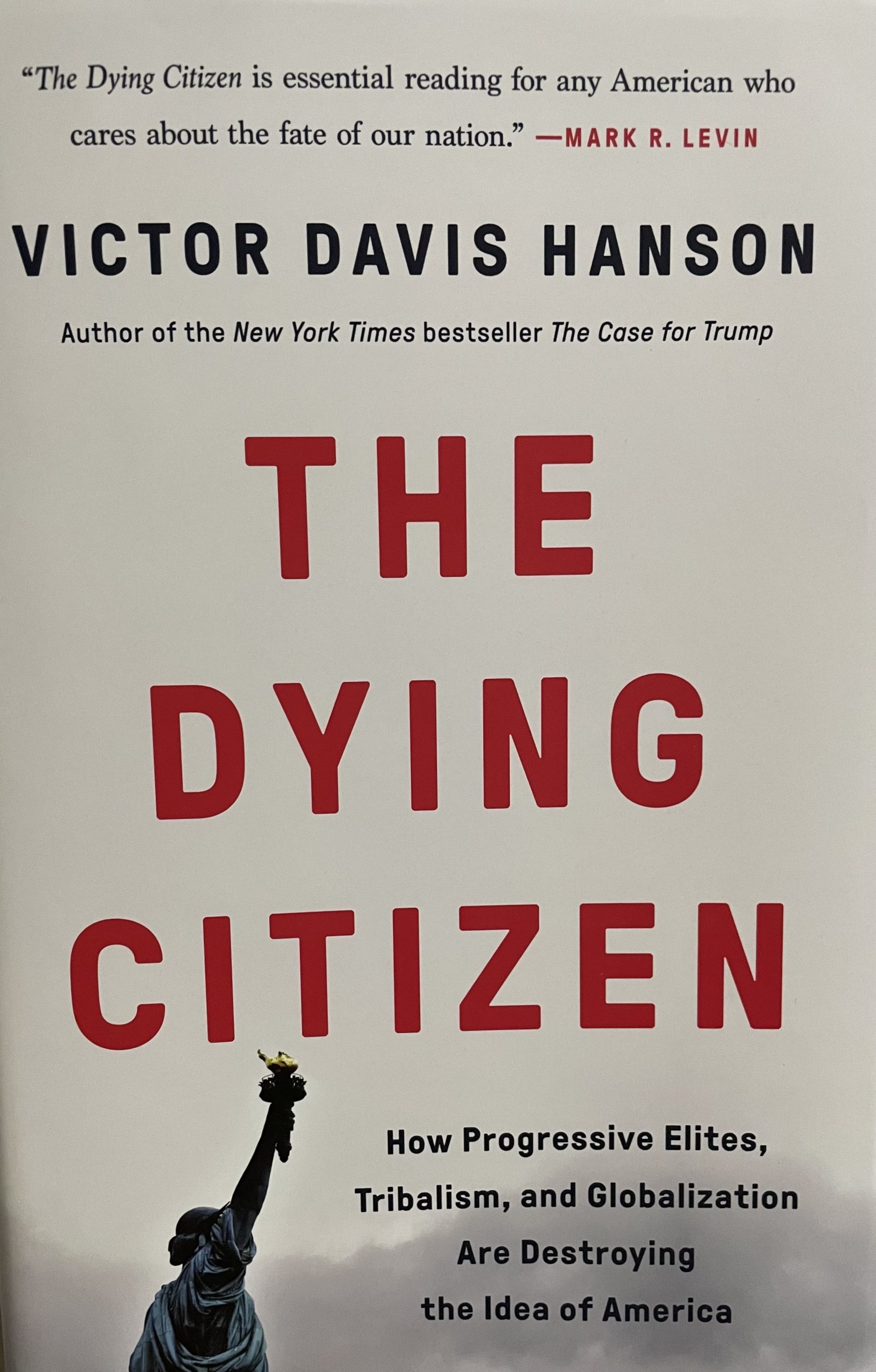The two Ivy League schools whose progeny like to lecture the rest of us about diversity have a hard time achieving it themselves but might be overlooking an obvious solution they are not predisposed to.
For its part, Columbia announced on October 18, 2018 that “A two-year study by the University on the status of women and underrepresented minority faculty at Columbia has resulted in a set of proposals on ways to close salary gaps, spur academic advancement and improve the overall work environment. The 145-page Equity Report, released Oct. 18, focused on the three divisions of the Faculty of Arts and Sciences—Humanities, Natural Sciences and Social Sciences—who teach undergraduates at Columbia College and the School of General Studies, as well as students in the Graduate School of Arts and Sciences.”
“The report’s major findings include a lack of diversity in the senior leadership of academic departments and centers; insufficient transparency about how important decisions are made; and unclear policies and decision-making processes. There also was evidence of differences in workload and salary among women and underrepresented minorities, and the persistent problem of harassment and discrimination.”
Meanwhile, further north, “A demographic report at the Harvard Kennedy School last year provoked outrage when it revealed the school was mostly white and male and struggles to recruit and retain minorities,” Alexandra Chaidaz reported in The Harvard Crimson on October 29, 2018. “A year later, that remains the case, according to the latest data.”
“The data, released to Kennedy School affiliates in a four-page report Thursday, indicates little change in the low numbers of underrepresented minorities who attend, teach, and work at the school.” Specifically, of the faculty, 79 percent are white, one professor identifies as “Hispanic/Latinx” and two as “black/African-American.”
Nevertheless, in light of the court case in which Students for Fair Admissions are suing the university, there is an interesting wrinkle on the breakdown of students in that school. “The 2018 report — which only examines U.S. citizens at the school — also provided a breakdown of the demographics of each degree program,” Chaidaz writes. “In the Masters in Public Policy program, the largest the school offers, the percentage of African-American students increased from 4 percent in 2015 to 7 percent in 2018.”
“Last year’s report found that students who identified as Hispanic constituted 7 percent of the student body in 2015; in 2018, ‘Hispanic/Latinx’ students made up the same proportion. The number of Asian-American students pursuing the MPP degree, however, increased noticeably between this year and last. In the 2017 report, Asian Americans made up 7 percent of MPP students, whereas the 2018 report showed Asian-American students represented 17 percent of students.”
The lack of diversity among the movers and shakers in both places interestingly parallels the trend in politics in Morningside Heights and Cambridge, i.e., they’re not politically diverse either.
According to Open Secrets, during the 2017-2018, individuals at Columbia gave $701,963 to Democrats and $21, 040 to Republicans. At Harvard, the denizens gave $1,037, 696 to Democrats, $64,392 to Republicans over that same time period.
Perhaps if both places hired a few more conservatives, they could also bump up the numbers they really care about. It is, after all, possible to find female conservatives and even black and Hispanic ones as well.










